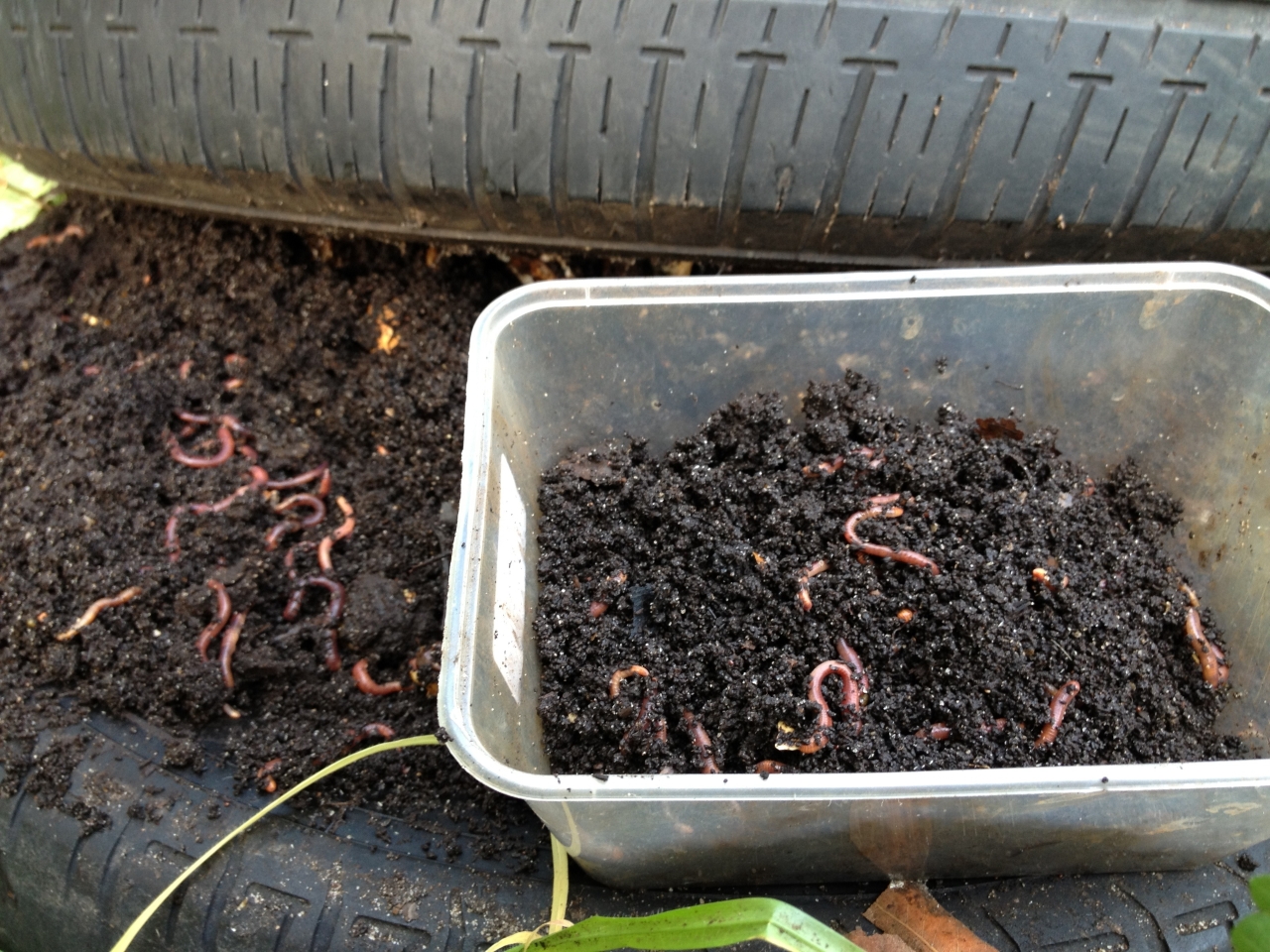Earthworms actually play a role in creating humus, which is a type of soil that holds nutrients in place for the growth of plants. Not only that, but earthworms help improve soil structure. The worms' burrows create drainage channels and they create aeration.
Earthworms' excrement contain potassium, nitrogen and phosphorous, which are all important minerals that help plants grow. Their excrement also helps bind sulfur, calcium and iron to soil particles. This helps plants grow and thrive.
There's various ways to encourage earthworms to inhabit your garden. You can add chopped leaves and semi-rotted compost to your garden. You can also add grass clippings and animal manure.
Earthworms And Their Benefits Of Having Them In Your Garden
They will create space, which will allow air to reach roots. Not only that, but the worms create tunnels that allow the soil to be penetrated by the rain and they breakup dense soil. Their excrement contains a lot of potassium, nitrogen and phosphorus.
When they die, their bodies fertilizes the soil. Let's not forget to mention that the soil is enriched by their digestive juices. Those are only a few benefits of having earthworms in the garden.
What They Do
Earthworms feed on grass and leaves, as well as animal manure. They also eat rotting plants and bits of soil and semi-rotted compost. They return organic matter to the soil after digesting it.
Surface debris is removed by earthworms, as well as fungal spores that are present in the garden and they eat their own weight in soil and organic matter. Not only that, but the soil structure is improved because the worms turn soil into humus. Another benefit is that earthworms are able to reproduce fast and their population can grow very rapidly. In fact, a single breeding worm can produce around 90 new baby worms in just a matter of six months.
Encouraging Earthworms In Your Garden
If you notice there are only a few or no earthworms in your garden, then you may not have enough organic material or the soil is too compacted. Fix this by adding grass clipping, chopped leaves and animal manure. Add some semi-decomposed compost too because they love it.
Another option is to find earthworms and place them in your garden. Dig up chunks of soil and see if there are any earthworms present. If they are, then gather a few and transfer them to your garden. Eventually new earthworm colonies will start to appear and thrive making the process of composting with earthworms easier.
Different Types Of Earthworms
Earthworms vary in size. Some are microscopic in size and others are a few feet in length. In other words, some are very small and others are extremely long.
The worms are typically found in the gardens of homes, as well as farmland, but those are known as Field Worms and Night Crawlers. These types of worms do the best when the soil is cool and they can be spotted at night or during a rainstorm. They will likely be on the surface of the soil and this is because their burrows can sometimes be flooded after it has rained out. The worms are sensitive to light, even though they don't have eyes and if light is shined down on them, then they will retreat.
Night Crawlers and Field Worms can be found in compost piles in gardens, but they're not used in compost bins. They will gather at the bottom of the pile. This is because the bottom is cool and if need be they can retreat to the soil located directly below the pile.
Red Worms are the type of earthworms used for compost bins and so are Branding Worms. These two worms don't do well in regular garden soil. They are used in composting boxes and piles, but the piles cannot become too hot. If that happens, then they will not thrive.
Vermiculture refers to raising Red Worms in boxes. When raised in this manner, they are fed kitchen waste. This helps create excrement that can be used to fertilize plants.
